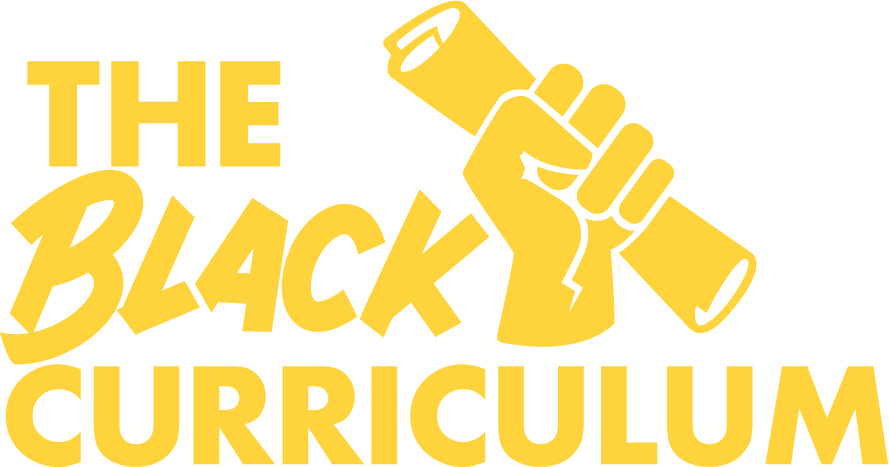Black Healthcare Workers In British History Everyone Should Learn About
To celebrate #InternationalNursesDay we’re sharing the stories of Black healthcare workers in British History.
Black British history is does not start and end with the period of European enslavement, or with the arrival of the Windrush. Black British history includes the every day existence and contributions of Black people, and their interaction with British state and society. Our work aims to address and overcome these limitations by seeking to provide a contextual, globalised history that roots the Black British experience in histories of movement and migration. You can find out more about our mission to teach black history all year round (#TBH365), here.
Keep scrolling to learn about the contributions of Black healthcare workers in British history.
1. DR HAROLD MOODY (1882-1947)
Dr Harold Moody came to London from Jamaica in 1904 to study medicine at Kings College, London. After experiencing racial discrimination at a hospital, he became a GP, with a practice in King's Grove, Peckham in 1913.
He also founded the League of Coloured Peoples, which lobbied trade unions and Parliament for the improvement of race relations. He fought for the lifting of the colour bar in the British Armed Forces, employment rights for Black seamen, and fair pay for Trinidadian oil workers.
For more resources on race relations in British History, check out our KS3/4 lesson pack on discrimination in employment. You can also find our animation on the Bristol Bus Boycotts, accompanied by KS2 and KS3 friendly learning activities.
2. ANNIE BREWSTER (1858 -1902)
Nurse Annie Brewster was born in 1858 on the island of St Vincent. She came to South London in the 1860s. In 1881, Annie was recruited as a nurse by the London Hospital in Whitechapel.
The hospital served a poor, ethnically diverse community. Research by historian Stephen Bourne found that she was fondly regarded by fellow staff, nicknamed 'Nurse Opthalmic' because of her work with elderly patients who were going blind.
3. JAMES AFRICANUS BEALE HORTON (1835-1883)
James Africanus Beale Horton was born in Sierra Leone in 1835.
In 1853, Horton was among the first group of Africans to go to Britain to study for a medicine degree.
He graduated from Edinburgh University in 1859 and is considered to be its first African graduate. He then returned to Sierra Leone where he had the rank of Staff Assistant Surgeon in the British Army.
4. MARY SEACOLE (1805-1881)
Mary Seacole was born in 1805 in Jamaica. In 1854 Seacole travelled to England, where she applied to serve as an army nurse in the Crimea war. Her application was refused. Instead of giving up, Seacole decided to travel to Crimea alone, and provide wounded officers with a place to stay and recover.
Seacole even visited the battle field, using traditional Jamaican and West African herbal remedies as well as European medical practices to nurse soldiers to health. Mary soon became known as Mother Seacole amongst officers.
To learn about the stories of more iconic Black Women in British history, check out our previous blog for #InternationalWomensDay2021.
Looking for more resources on Black British history? Click here to browse our animations, lesson packs, activities, and more!
